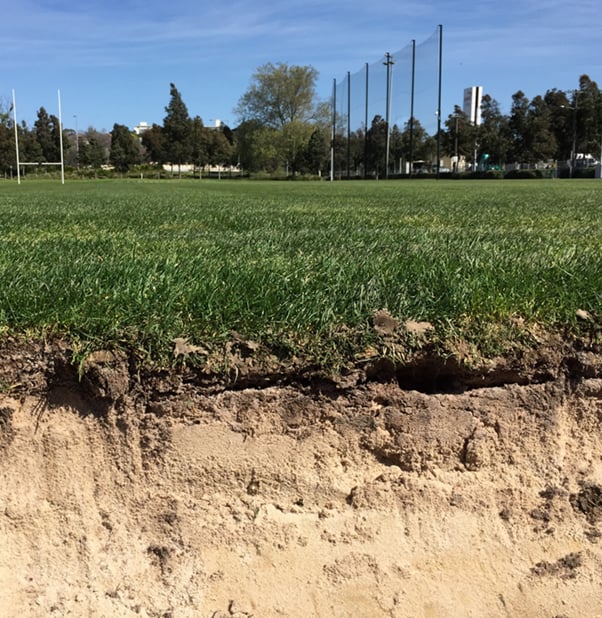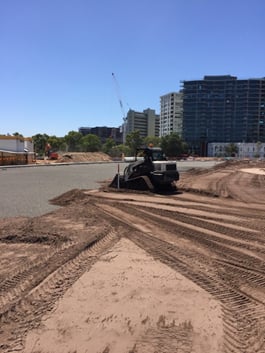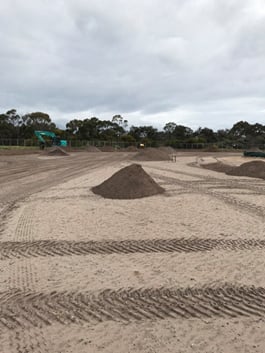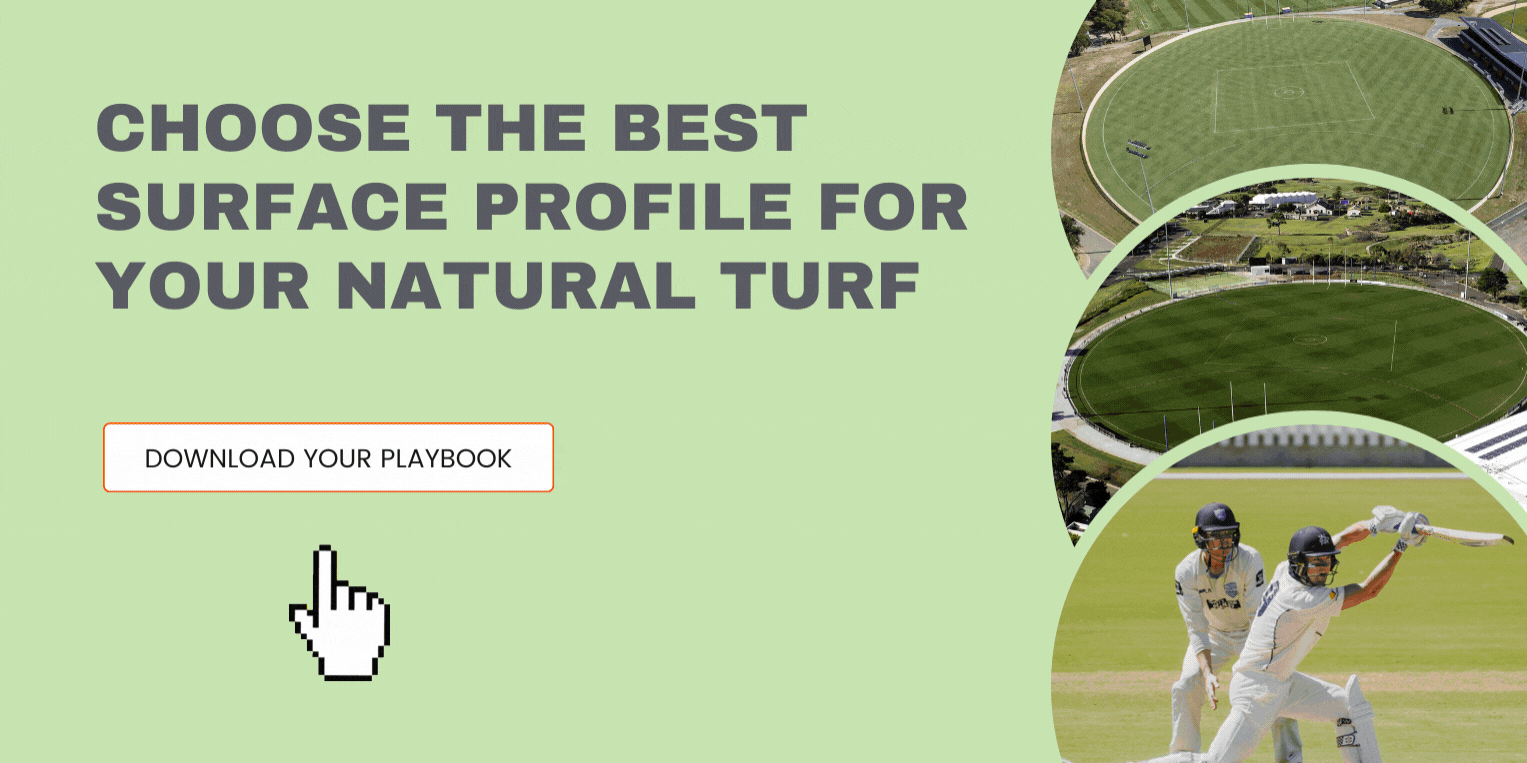How to produce a high performing natural turf Field of Play profile?
Winters are generally cool and relatively wet, particularly in southern Australia, and this coincides with the major football codes of Rugby, Rugby League, Soccer and Australian Rules Football. These sports all impose a high level of wear and turf damage at a time when grass growth is slow. A combination of traffic and wet soils can cause a dramatic deterioration in the quality of the turf surface.
In this post, we’ll explain why rootzone growing medium plays an essential role in natural turf Field of Play quality, and how it helps avoiding turf damages.
The role of rootzone growing medium in natural turf performance
The performance of a natural turf Field of Play is a function of several key elements:
- Drainage
- Rootzone growing medium
- Irrigation
- Grassing
- Quality of the construction
- On-going maintenance
Possibly the most important aspect of designing and constructing a natural turf Field of Play is the selection of the rootzone growing medium which provides the foundation for a high-quality playing surface.
The rootzone growing medium is the physical environment within which the natural turf roots grow.
How a rootzone growing medium can impact a natural turf Field of Play performance?
An incorrectly specified growing medium can lead to additional maintenance requirements and potential loss of use of the turf playing facility due to over compaction leading to poor turf coverage or poor infiltration which prevents the surface to drain.
A correctly specified rootzone growing medium will provide the turf the best opportunity to accommodate reasonable level of use across most climatic conditions. This can be achieved through several important functions:
- Water reservoir – adequate moisture retention is important for grass growth and health
- High Aeration – essential for strong root growth which assists in providing surface stability
- Well Drained – keeps the surface dry and improves winter playability
- Resists Compaction – maintains good drainage and soil aeration

Gosch's Paddock Field of Play Profile
To avoid the damage associated with high traffic on wet turf playing surfaces, sand is usually selected as the rootzone growing medium. This allows for frequent use of the Field of Play and the ability to withstand variable weather conditions.


Spreading of growing medium at Junction Oval (left) and stockpiled growing medium at Beaumaris Secondary College ovals (right)
When it comes to the construction of your natural turf Field of Play profile, the rootzone growing medium should be front and centre of your design.
Its important functions such as aeration, drainage or even resistance capacity, making the right choice for the rootzone growing medium is essential. It will determine the overall performance of the natural turf Field of Play.
A correctly specified profile will give the turf the best chance to thrive while a poorly specified one will lead to ongoing maintenance issues and potential loss of use.
Interested to know more about turf profile and how to make the right call for your turf performance? Download our Playbooks below for free!


